The Food and Feasts of Jesus
Religion in the Modern World
Series Advisors
Kwok Pui-lan, Episcopal Divinity School
Joerg Rieger, Southern Methodist University
This series explores how various religious traditions wrestle with the dynamic and changing role of religion in the modern world and examines how past changes reflect on todays critical issues. Accessibly and engagingly written, books in this series will look at secularization, global society, gender, race, class, sexuality and their relation to religious life and religious movements.
Titles in Series:
Not Gods People: Insiders and Outsiders in the Biblical World by Lawrence M. Wills
The Food and Feasts of Jesus: Inside the World of First-Century Fare, with Menus and Recipes by Douglas E. Neel and Joel A. Pugh
The Food and Feasts of Jesus
The Original Mediterranean Diet
With Menus and Recipes
Douglas E. Neel and Joel A. Pugh
Rowman & Littlefield
Lanham Boulder New York Toronto Plymouth, UK
Published by Rowman & Littlefield
4501 Forbes Boulevard, Suite 200, Lanham, Maryland 20706
www.rowman.com
10 Thornbury Road, Plymouth PL6 7PP, United Kingdom
Distributed by NATIONAL BOOK NETWORK
Copyright 2012 by Rowman & Littlefield Publishers, Inc.
First paperback edition 2014
All rights reserved . No part of this book may be reproduced in any form or by any electronic or mechanical means, including information storage and retrieval systems, without written permission from the publisher, except by a reviewer who may quote passages in a review.
British Library Cataloguing in Publication Information Available
The hardback edition of this book was previously cataloged by the Library of Congress as follows:
Neel, Douglas E., 1954
The food and feasts of Jesus : inside the world of first-century fare, with menus and recipes / Douglas E. Neel, Joel A. Pugh.
p. cm.
Includes bibliographical references and index.
1. Food in the Bible. 2. Food habitsPalestineHistory. 3. Bible. N.T.Criticism, interpretation, etc. 4. JewsPalestineSocial life and customs. 5. JudaismHistoryPost-exilic period, 586 B.C.210 A.D. 6. Jewish cookingHistory. 7. FoodReligious aspectsChristianity. 8. Fasts and feasts in the Bible. I. Pugh, Joel A., 1949 II. Title.
BS680.F6N44 2012
225.9'5dc23 2012005319
ISBN: 978-1-4422-1290-9 (cloth : alk. paper)
ISBN: 978-1-4422-1291-6 (pbk. : alk. paper)
ISBN: 978-1-4422-1292-3 (electronic)
 The paper used in this publication meets the minimum requirements of American National Standard for Information SciencesPermanence of Paper for Printed Library Materials, ANSI/NISO Z39.48-1992.
The paper used in this publication meets the minimum requirements of American National Standard for Information SciencesPermanence of Paper for Printed Library Materials, ANSI/NISO Z39.48-1992.
Printed in the United States of America

Acknowledgments
This book would not have been possible without the support and assistance of a number of people. We would be remiss if we did not begin by thanking our wives, Sally and Lisa. They were patient and tolerant as we spent years researching, writing, and cooking. During that time, they ate a lot of lentils and bulgur wheat. We are grateful to a number of family and friends who read various chapters and provided us with good constructive criticism. Susan Barwick was an excellent proofreader and was indispensible while we were preparing the text. Dougs good friend Peter Schindler worked with him for several years with his catering company and prepared many of the recipes, some of which were still just lists of ingredients. A number of people attended our first-century meals, giving us the opportunity to describe what we were learning and providing valuable feedback, all while eating lamb stew.
The staff at the Bridwell Library at SMU in Dallas must be thanked. They opened the stacks to us for over a year, allowing us access to one of the best theological libraries in the Southwest and providing us with their valuable expertise. We owe a debt of gratitude to Jeoerg Rieger, Wendland-Cook Professor of Constructive Theology at Perkins. After reading three of our completed chapters and discussing the book with us, he strongly recommended that we contact a publisher and introduced us to Rowman & Littlefield. His faith in our project was both inspiring and gratifying.
An original set of drawings for the book were made by our friend Janet Brown, and they motivated us. She was well-loved by us and we were saddened by her death. The set of drawings included here are by Chris Torres, a very talented Dallas artist who took Joels lifeless sketches and made the characters come to life.
Finally, we thank Sarah Stanton and Jin Yu from Rowman & Littlefield for shepherding us through the process of finishing and formatting a manuscript and publishing a book.
To encounter such wonderful and talented people along this journey has truly been a blessing.
Chapter One

Why Eat the Food of Jesus and His Followers?
The people came to Jesus and said to him, Why do Johns disciples and the disciples of the Pharisees fast, but your disciples do not fast? Jesus said to them, The wedding-guests cannot fast while the bridegroom is with them can they? As long as they have the bridegroom with them, they cannot fast. (Mark 2:1819)
This is a book for those who want to study, taste, and experience the culture of the first-century Holy Land. What was it like when Jesus and his disciples shared a meal? What did they eat? How did they eat? When Jesus told a parable about a wedding feast, was he referring to a party with a three-tiered cake, champagne, and sherbet punch, with cashews and mints served in small sterling silver bowls? Jesus ate in the homes of Pharisees and other religious leaders. What was it about these settings that prompted Jesus to teach in the way he did? We have the ability to learn about the people who lived in a certain culture at a given time in history by studying the way food was produced and eaten. This is definitely true of first-century Palestine.
By studying the food and feasts described in this book and using the recipes, the reader will begin to answer these questions and discover the Palestine that was home to Jesus and the setting for most of his ministry. Our hope is that the reader will experience the food, feasts, and culture of Jesus in a variety of ways. The chapters in this book are built around the kind of meals that Jesus ate. Most of them are dinners and feasts mentioned in the New Testament. Others are ordinary meals that were shared by everyone who lived in the Holy Land. Food production and storage are also explored. Readers will also learn what foods and ingredients were available in the first century and how they were prepared. Finally, menus, recipes, and dining suggestions are provided so you can enjoy your own first-century culinary experience.
This book is designed for groups as well as individuals. Certainly individuals can read this book and learn from the cultural and culinary information that is presented. But we hope that it will also be used by all kinds of groups: prayer groups, study groups, womens groups, mens groups, neighborhood groups, book clubs, supper clubs, groups of friends, and extended families. We also hope that many of these gatherings will discuss the ideas and information we present in this book while enjoying a meal prepared using the recipes.
For thousands of years, topics great and small have been thoroughly discussed during banquets and special meals. Food and fellowship have been paired with philosophy, religion, politics, sports, and a myriad of other subjects. We hope that this book will promote this time-honored tradition and that it will generate the kinds of insights that can be reached by sharing good food.



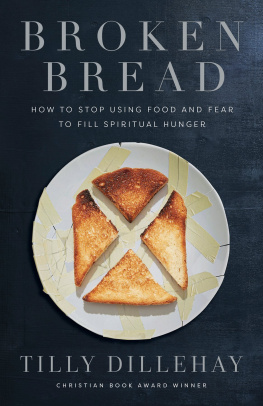
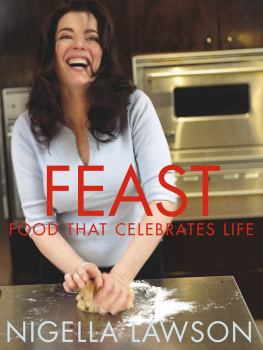
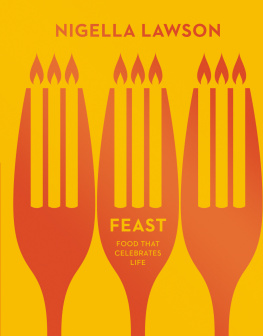
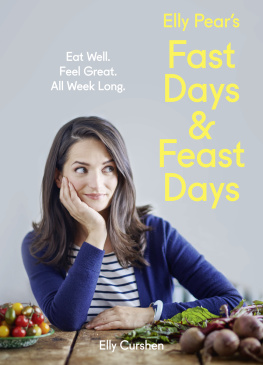


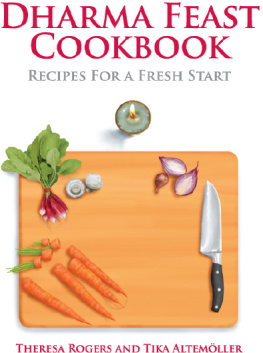


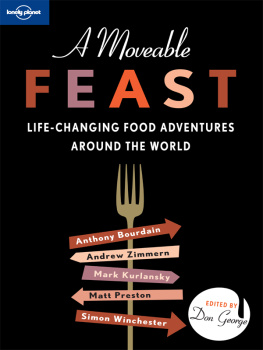
 The paper used in this publication meets the minimum requirements of American National Standard for Information SciencesPermanence of Paper for Printed Library Materials, ANSI/NISO Z39.48-1992.
The paper used in this publication meets the minimum requirements of American National Standard for Information SciencesPermanence of Paper for Printed Library Materials, ANSI/NISO Z39.48-1992.
